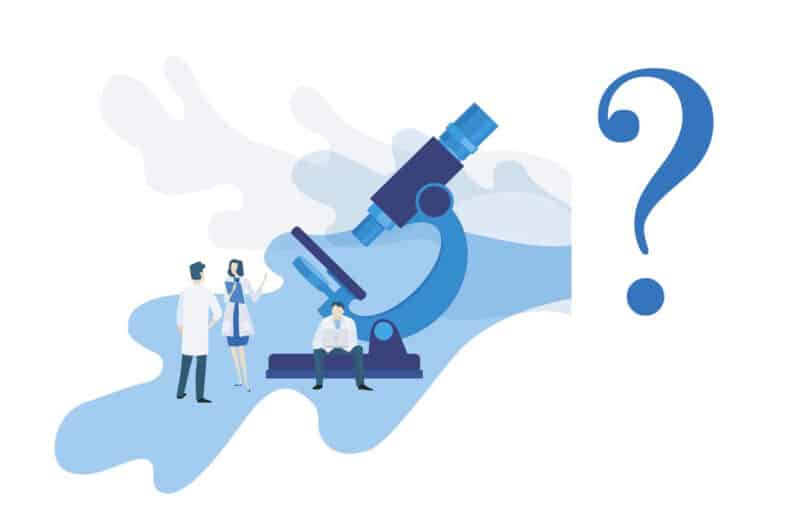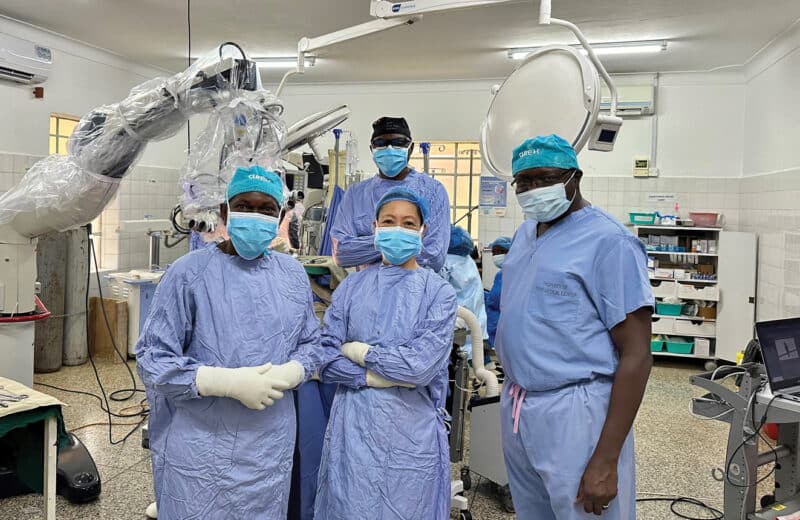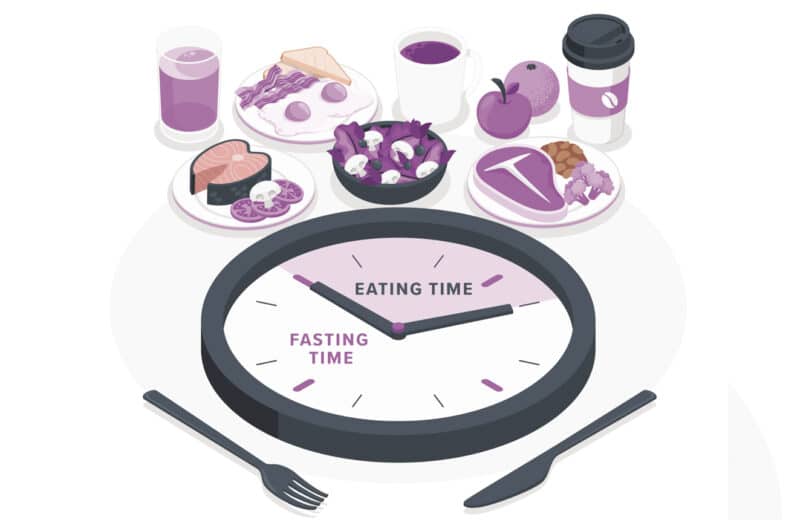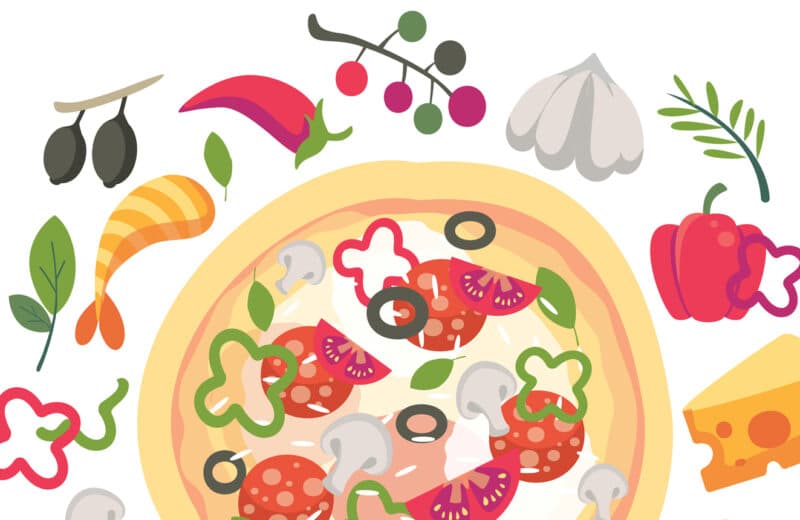Good pet health, like ours, begins with the diet
By Eve Becker
We know that our health, as humans, is largely influenced by our diet, with unhealthy diets leading to obesity, diabetes and heart disease. It turns out that the four-legged members of our family may have some of the same concerns.
“The most important health decision people can make for their [pets] is what they put in the food bowl. From a health standpoint, we start from there,” says veterinarian Barbara Royal, owner of The Royal Treatment Veterinary Center in Chicago and author of The Royal Treatment: A Natural Approach to Wildly Healthy Pets.
As a veterinarian with experience working with wild animals and in zoos, Royal approaches animals from an evolutionary standpoint. “For every animal, once you know [its] basic history and evolution, you can much better deal with [its] diet and health,” she says. “You always do better for an animal if you feed it the food that the body expects and that it can use for its natural health.”
Cats are obligate carnivores, and dogs are scavenger carnivores with gastrointestinal (GI) tracts similar to those of their ancestor, the wolf. Their diets should be meat-based, Royal says, avoiding fillers like corn, wheat and soy, which can cause an inflammatory response in dogs and cats, potentially leading to problems like diabetes, chronic allergies, skin conditions and chronic infections.
Royal favors feeding dogs and cats commercially prepared frozen raw food that is specially designed to provide balanced nutrition for pets. She cautions that this does not mean feeding your pet raw meat from the butcher, because that meat may contain contaminants. “If they expect you to cook it, there are not going to be nearly as many safeguards about what kinds of contaminants are in that food, even if it is human grade,” she explains.
Royal recognizes that raw foods aren’t right for all pets or pet owners. If you want to stay away from raw, she recommends buying a good-quality canned food that has no grains, potato, corn or soy. But “if you feel like dry food is the only way you’re going to go, then choose a dry food that’s not high-heat processed—it shouldn’t be an extruded kibble, it should be a low-heat-processed kibble to avoid carcinogens,” she says.
Raw food diets are controversial, though; making the switch to a raw diet is something you should speak with your vet about. Raw sources of protein can be contaminated with salmonella and E.coli, says veterinarian Dr. Robert Dann, owner of Blum Animal Hospital in Chicago. Cats and dogs may develop infectious diseases after being fed raw meat, and these pathogens can be transmitted to humans, he says.
Dann notes that both the American Veterinary Medical Association and the American Animal Hospital Association have issued statements discouraging the use of raw protein because of the risk of illness to cats and dogs as well as humans.
It’s also important to balance a pet’s diet for its age, Dann says.
“The single most important factor is feeding [pets] a diet that is appropriate for [their] life stage and also a diet that meets the nutritional standards established by AAFCO, the Association of American Feed Control Officials,” Dann says. A puppy or kitten should be given food that meets the AAFCO nutritional standards for growth, and an adult dog or cat’s diet should meet the AAFCO standards for maintenance, he adds.
Owners also need to adjust the amount they’re feeding their pet, as the pet gets older, Dann says.
“What most people fail to realize is that as pets age, their metabolic rate gets slower,” he says. When a dog is one year old, it might eat two cups of food per day, but at 10 years old, that same dog may only need one cup of food per day.
Overfeeding directly leads to the increasing epidemic of pet obesity, which can cause a multitude of health problems in pets—including diabetes, heart disease, hypertension, liver and kidney disease—much as it can for humans. A nationwide survey conducted by the Association for Pet Obesity Prevention found 53 percent of adult dogs and 55 percent of cats to be classified as overweight or obese by their veterinarian.
If pets are overweight, it’s important to get them to lose weight by restricting the quantity of food, changing to diets that are lower in calories and adding exercise, Dann says.
Having a happy and healthy pet means more than playing a game of fetch. By watching what our pets eat, we can reduce their incidence of diabetes, obesity and heart disease. It turns out that pets, as well as people, can benefit from a healthy diet. [email_link]












